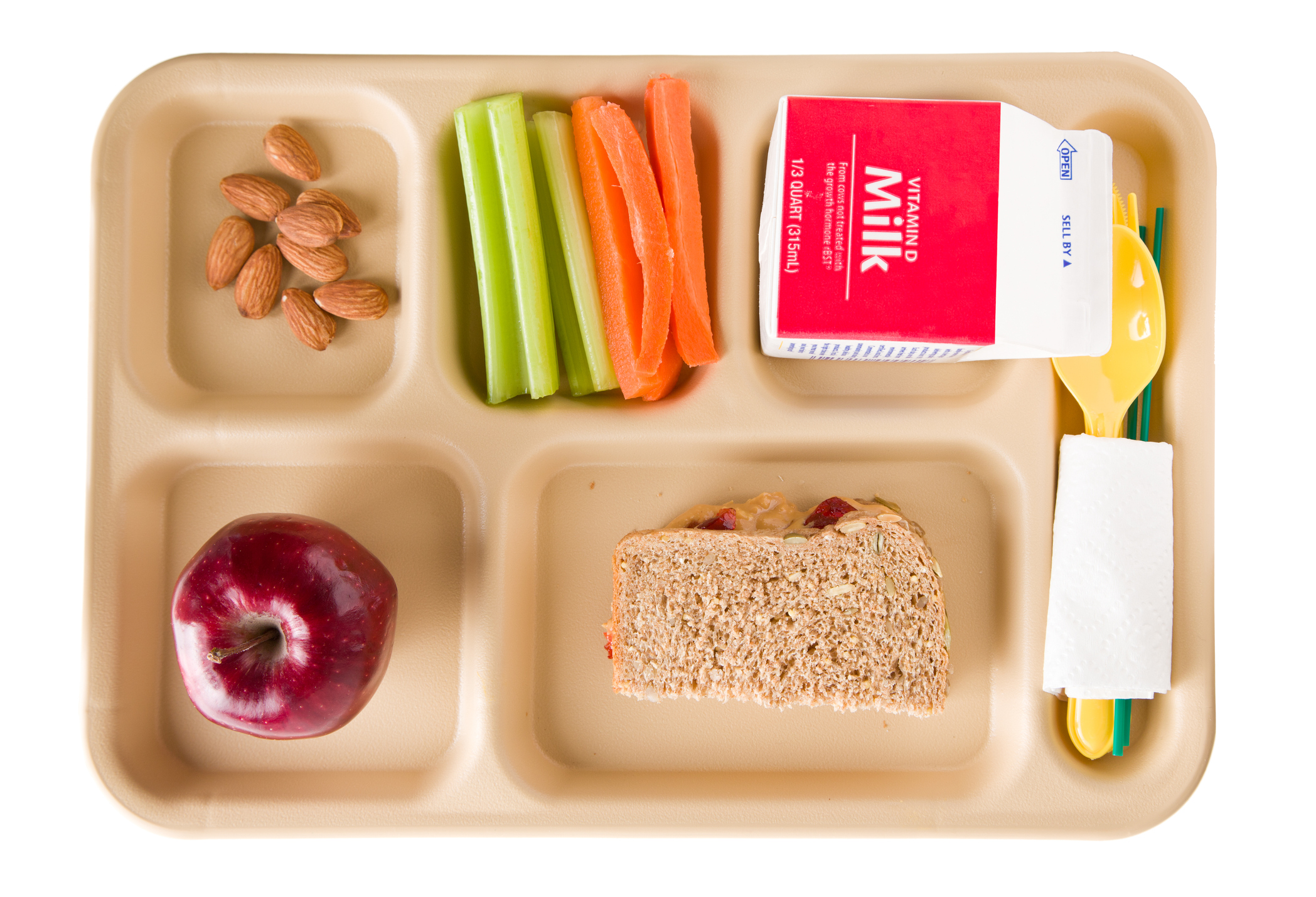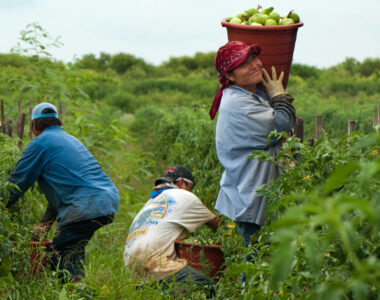
Michigan has ended the 10 Cents a Meal program after nearly ten years of connecting schools with local farmers and improving access to fresh food for students. The program provided matching funds to schools and childcare centers so they could buy Michigan-grown fruits, vegetables, and dry beans.
What We Know
The 10 Cents a Meal program began in 2016 and quickly became a model for farm-to-school programs nationwide. It reached more than 600,000 children in over sixty counties and linked hundreds of farmers to stable, local markets. Over its lifetime, the state invested about 35 million dollars, doubling the amount schools spent on locally sourced produce.
The Michigan State University Center for Regional Food Systems reported that the program helped small and mid-sized farms diversify and stabilize revenue. It also encouraged food hubs and processors to expand, improving distribution across the state. Policymakers, educators, and farm advocates praised the program for its wide-ranging benefits to nutrition, education, and local economies.
Why It Matters
Ending the 10 Cents a Meal program affects both farmers and schools. For students, the program made it easier to include fresh, seasonal produce in school meals. It helped children try new foods and understand where their food comes from. For farmers, it offered a consistent buyer and reliable income during uncertain market years.
Without this support, many schools may have to scale back local purchasing, and small farms could lose an important revenue stream. The supply chains built around this initiative will likely feel the impact, from growers and distributors to food service staff and processors.
Looking Ahead
Although the state removed the program from its 2026 budget, the idea behind it remains strong. Communities, nonprofits, and businesses like Farm Trader, may explore ways to continue supporting local food procurement. The success of the 10 Cents a Meal program proved that collaboration between schools and farms strengthens local economies and benefits children’s health.
Michigan’s decision marks the end of a major chapter in farm-to-school progress. The hope now is that other efforts will rise to keep the connection between classrooms and local farms alive.



